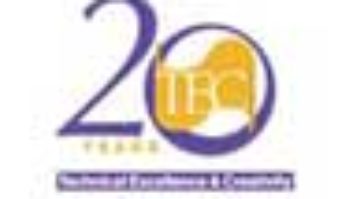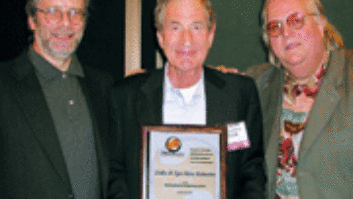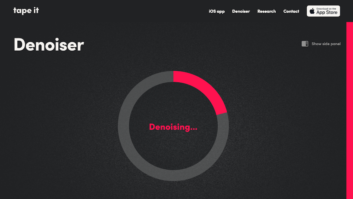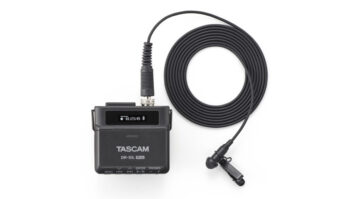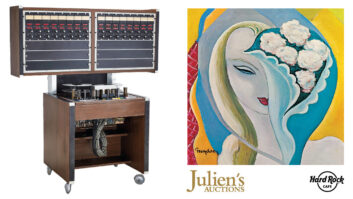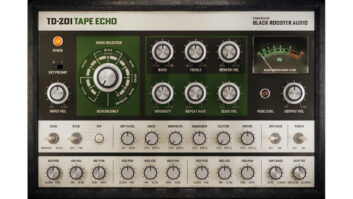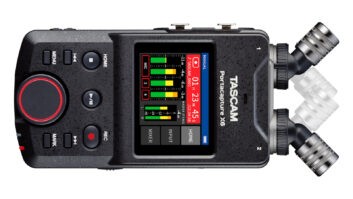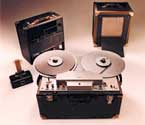
The genealogy of the tape recorder can be traced back to Valdemar Poulsen’s early demonstration of magnetic sound recordings on a steel wire in 1899. Wire recorders never sounded very good, so in the 1920s, German inventor Kurt Stille came up with the concept of recording in steel ribbon—an improvement—but the medium was expensive and still couldn’t match the fidelity of a 78 rpm disc. In 1928, Fritz Pfleumer was granted a German patent for long paper strips coated with a magnetizable powder, which reduced the cost of ribbon recordings. In 1932, AEG chairman Hermann Bucher hired Pfleumer to work with Theo Volk and BASF chemist Friedrich Matthias to develop a magnetic tape recording system.
Innovations were many during the Magnetophon’s three-year development. In 1933, Eduard Schuller invented a ring-shaped magnetic head that created a concentrated magnetic field without touching the tape surface. The BASF group put carbonyl iron powder on a tough cellulose acetate-base material that could easily be edited, yet was strong enough to handle the torque of the transport motors.
In August 1935, the Magnetophon K1 was unveiled at the Berlin Radio Fair. The first serious recording using this portable, self-contained recorder was in November 1936, with Sir Thomas Beecham conducting the London Philharmonic at BASF’s concert hall near its manufacturing plant in Ludwigshaven. Other improvements followed, such as BASF’s ferric-oxide tape in 1939 and Walter Weber’s rediscovery and application of high-frequency AC biasing, which had been known since the 1920s, giving the 1941 Magnetophons a bandwidth of 10 kHz.
